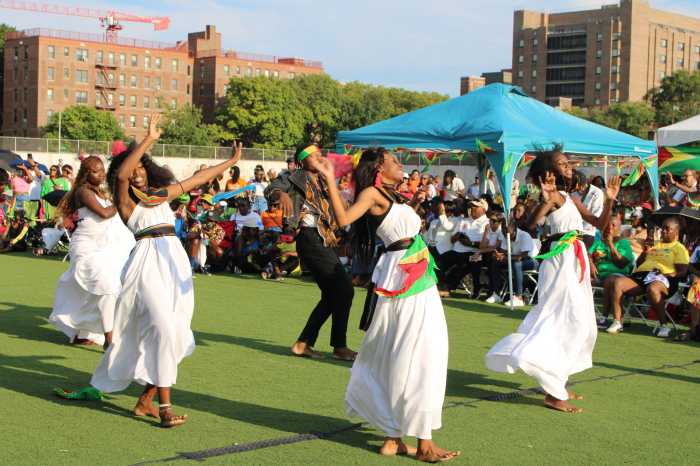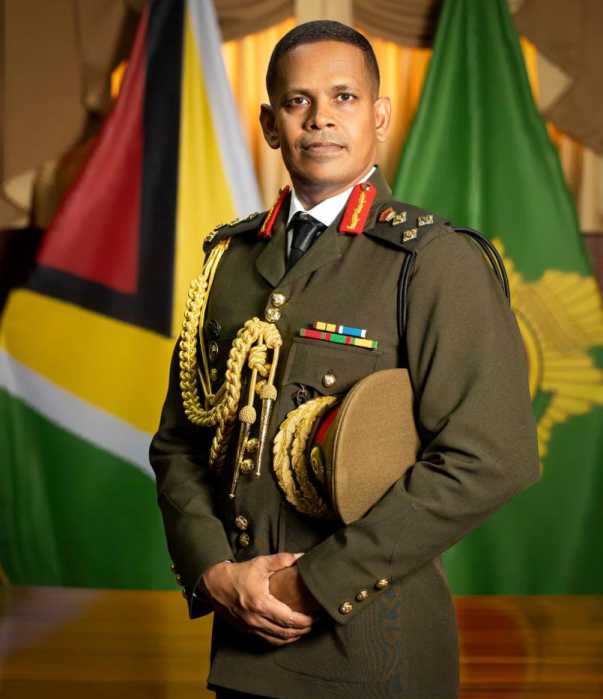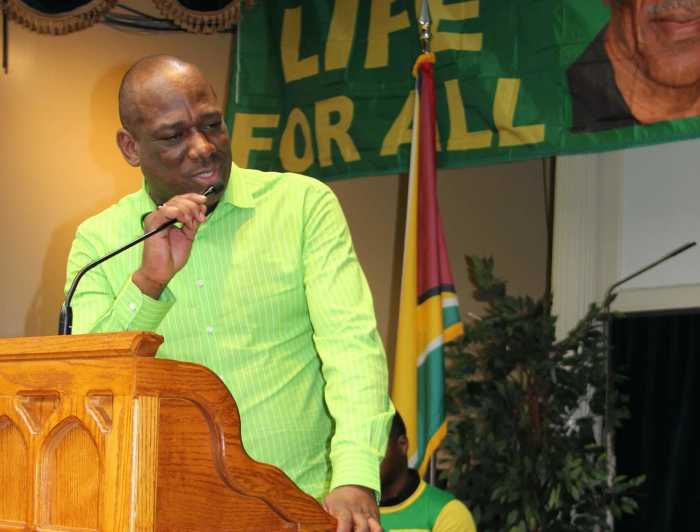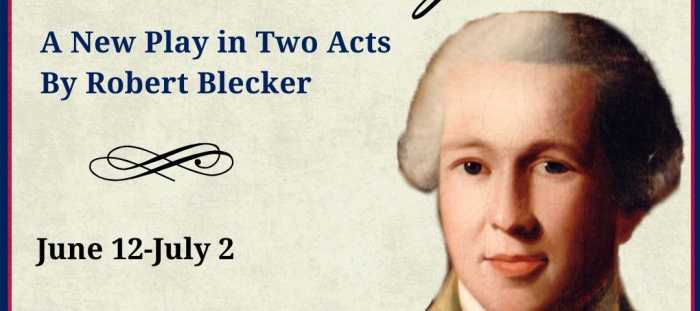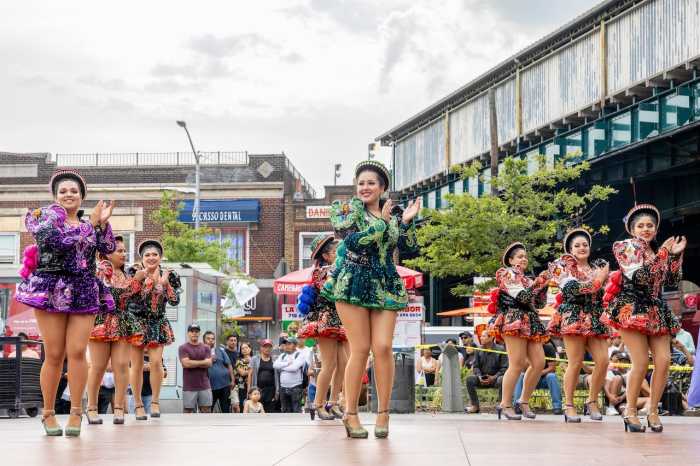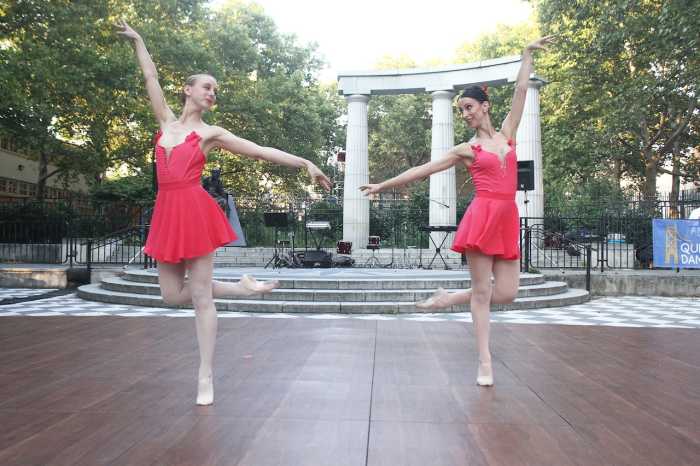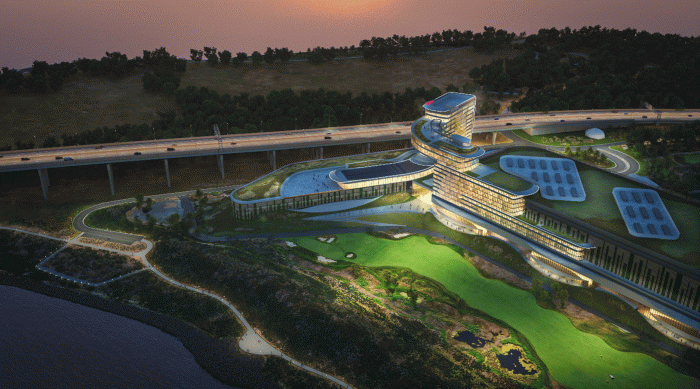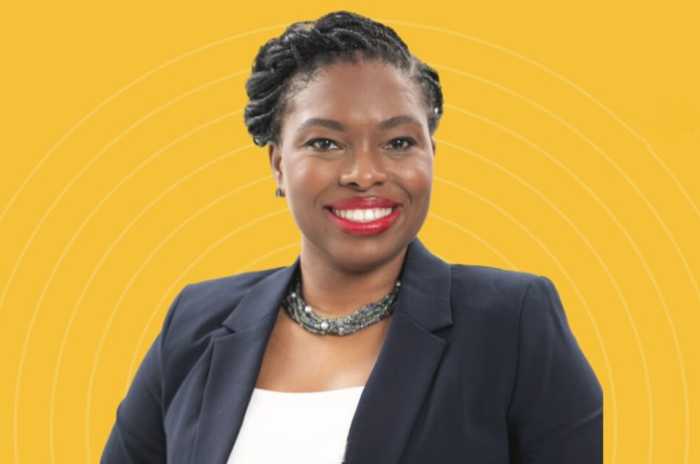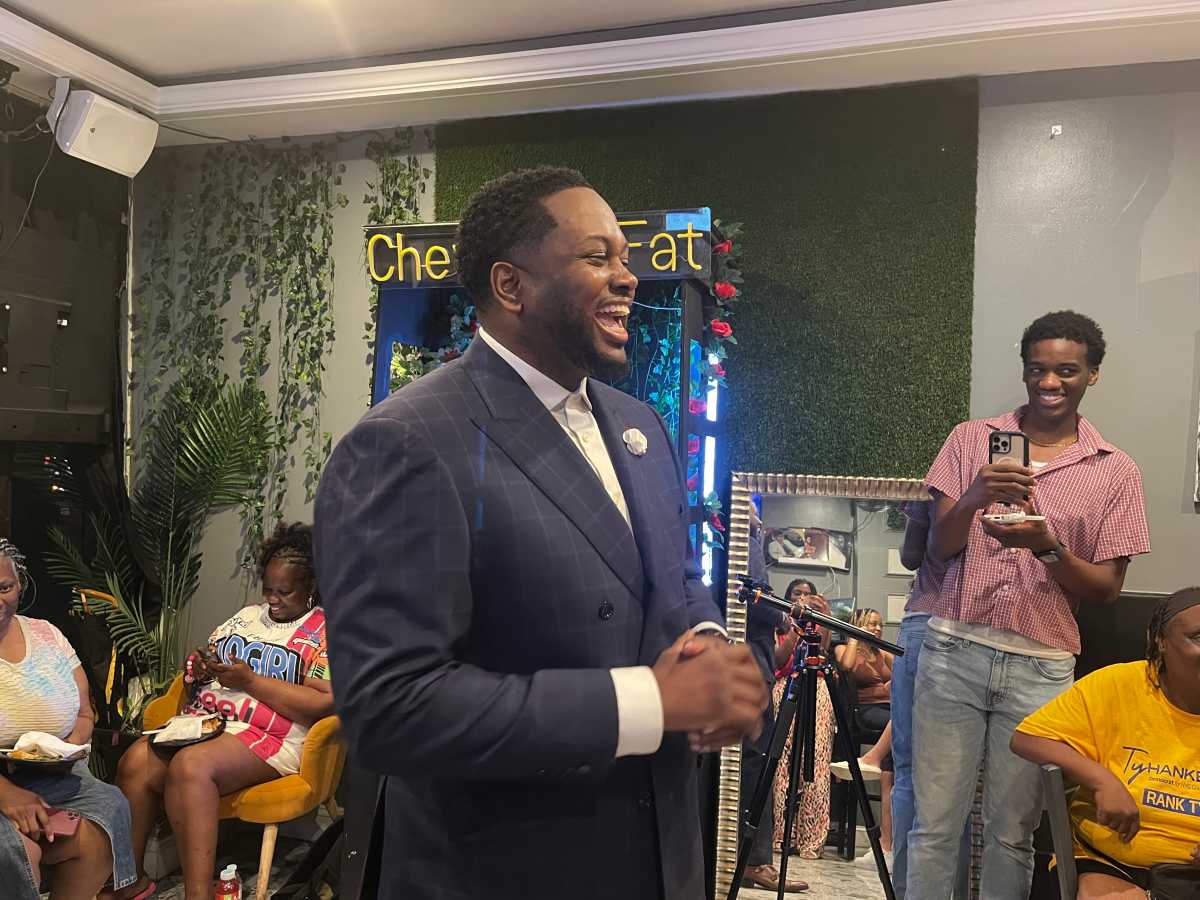“I do not intend to play the role of stooge colonial leader such as Britain loves to parade before the world. I shall not rest until my country is free…Whether I am outside or inside matters little. Prison holds no terror for me…I expect no justice from this or any other Court…Justice has been dead…I am looking for the day when there will be greater justice…”
-Dr. Cheddi Jagan
“Where the mind is without fear
and the head is held high,
where knowledge is free.
Where the world has not been broken up into fragments by narrow domestic walls.
Where words come out from the depth of truth,
where tireless striving stretches its arms toward perfection.
Where the clear stream of reason has not lost it’s way
into the dreary desert sand of dead habit.
Where the mind is led forward by thee
into ever widening thought and action.
In to that heaven of freedom, my father,
LET MY COUNTRY AWAKE!”
-Rabindranath Tagore, Gitanjali: Song Offerings (from the great Indian philosopher)
What inspires the few that can soar beyond ordinary mortals, think and act beyond the institutional barriers of social, political and economic injustice that seek to confine them, conceive ideas beyond their time, and dare to implement the vision of changes others can only dream about? Do lesser mortals each owe these champions an attempt to walk a mile in their shoes at the very least? How do you calculate the debt owed to these liberators and freedom fighters?
In the Caribbean and wider global context, breaking the entrenched shackles of imperialism and colonialism are a great lesson history has provided as a blue print for the world, because we were forced to fight as insulated independent political units to gain independence. World renowned Guyanese historian Dr. Walter Rodney, examined similar enduring injustices, trademark evil and perverse methods the British utilized in his seminal work, ‘How Europe Underdeveloped Africa” (1972).
In “The Growth of the Modern West Indies,” Caribbean scholar Gordon K. Lewis noted that the failure of the West Indian Federation was largely due to British colonial policy which “kept the islands unnaturally apart from each other for three centuries or more and then expected them to come together in less than fifteen years…Political imperialism, in brief, explains, more than any other single factor, the present disunity of the region, the aimlessness so distressingly apparent . . . with the resulting trend towards micro-nationalism…With the demise of the federation, each member nation was left to brave the unforgiving global economy alone, in what [Eric] Williams called a “disgraceful state of fragmentation,” as the islands were much weaker independently than in the proposed federation.”
Nobel laureate, Sir Derek Walcott, captures this injustice when he wrote, “Break a vase, and the love that reassembles the fragments is stronger than that love which took its symmetry for granted when it was whole. The glue that fits the pieces is the sealing of its original shape. It is such a love that reassembles our African and Asiatic fragments, the cracked heirlooms whose restoration shows its white scars. This gathering of broken pieces is the care and pain of the Antilles, and if the pieces are disparate, ill-fitting, they contain more pain than their original sculpture, those icons and sacred vessels taken for granted in their ancestral places. Antillean art is this restoration of our shattered histories, our shards of vocabulary, our archipelago becoming a synonym for pieces broken off from the original continent.”
Most of the British Caribbean was integrated as the new West Indies Federation in an attempt to create a single unified future independent state between 1958 and 1962, but failed. Eventually, the former British Caribbean island colonies achieved independence in their own right: Jamaica (1962), Trinidad & Tobago (1962), Barbados and Guyana (1966), Bahamas (1973), Grenada (1974), Suriname (1975), Dominica (1978), St. Lucia (1979), St. Vincent (1979), Belize, Antigua & Barbuda (1981), St. Kitts & Nevis (1983), after epic struggles.
T. Albert Marryshow of Antigua, Andrew Cipriani of Trinidad, Hubert Nathaniel Critchlow of British Guiana, and others, were the early leaders who inspired the Caribbean people and stirred them into political action, advocating for a reduction in the power and privileges of the ruling White elite class, and for more local representation in the colonies’ affairs, while championing the recognition of the trade union movement.
Inevitably, Norman Manley and Alexander Bustamante of Jamaica, Eric Williams of Trinidad and Tobago, Dr. Cheddi Jagan and Forbes Burnham of Guyana, Vere Bird of Antigua, Robert Bradshaw of St. Kitts, and other leaders, overcame the odds, and accomplished the monumental attainment of independence for their respective countries.
Guyana has its own architects, who deserve praise in this singular achievement, however their legacies are ultimately viewed. Dr. Jagan, Forbes Burnham, H. Aubrey Fraser, Clinton Wong, Janet Jagan, Sydney King, Ram Karran, Ashton Chase, Rudy Luck, Frank O. Van Sertima, Ivan Cendrecourt, May Thompson, Hubert Critchlow, E. Kennard, Theo Lee, Ulric Fingall, Jainarine Singh, Sheila La Taste, Joseph P. Lachmansingh, Cecil Cambridge, Fred Bowman, Pandit Siridhar Misir, and others, conceived of a free and independent Guyana, and, against all odds, bravely challenged colonial rule. They delivered the first death blow to the British Empire’s tyranny over Guyana, and universal adult suffrage was won in 1953. The PPP, the first indigenous party originating within Guyana, won the elections that year.
The core leaders of these visionaries consisted of Cheddi Jagan as the leader, Ashton Chase as the chairman of the new party, Forbes Burnham and Janet Jagan. One must never forget the patriotic and loyal workers who supported them in the struggle.
These militant leaders were imprisoned and targeted, and could easily have all quit, but they stood head and shoulders above the rest, true to their cause. We must always put aside relatively petty political differences and remember these brave leaders who fashioned a new course and history of Guyana, free from British tyranny and oppression.
Political independence was the greatest achievement in these countries’ histories. At the historic and symbolic lowering of the British flag and the raising of the Golden Arrowhead on May 26, 1966, this seminal day in history, Forbes Burnham and Dr. Cheddi Jagan put aside their political rivalries at the National Park to celebrate Guyana’s new status as an independent country and the realization of their shared dream and pledge to devote themselves to the liberation of Guyana.
Guyanese, and the Caribbean people, will do well to embrace that vision once again by pondering the questions asked above. I have walked miles in their shoes here in the USA, and the journey was exhilarating, even if excruciating at times. Take courage that it was leaders like these that the great poet H.W. Longfellow memorialized in his poem, “A Psalm of Life,” What The Heart Of The Young Man Said To The Psalmist.


